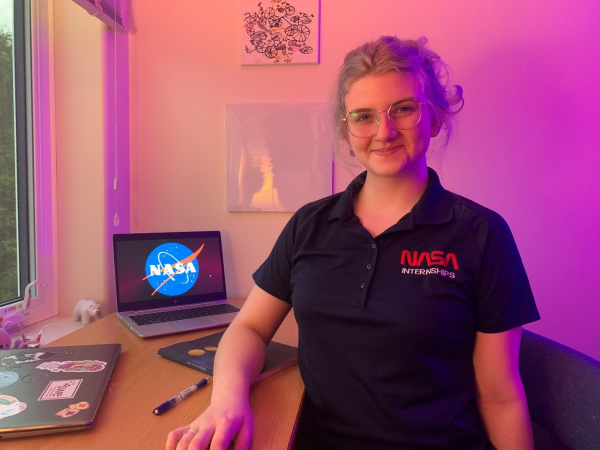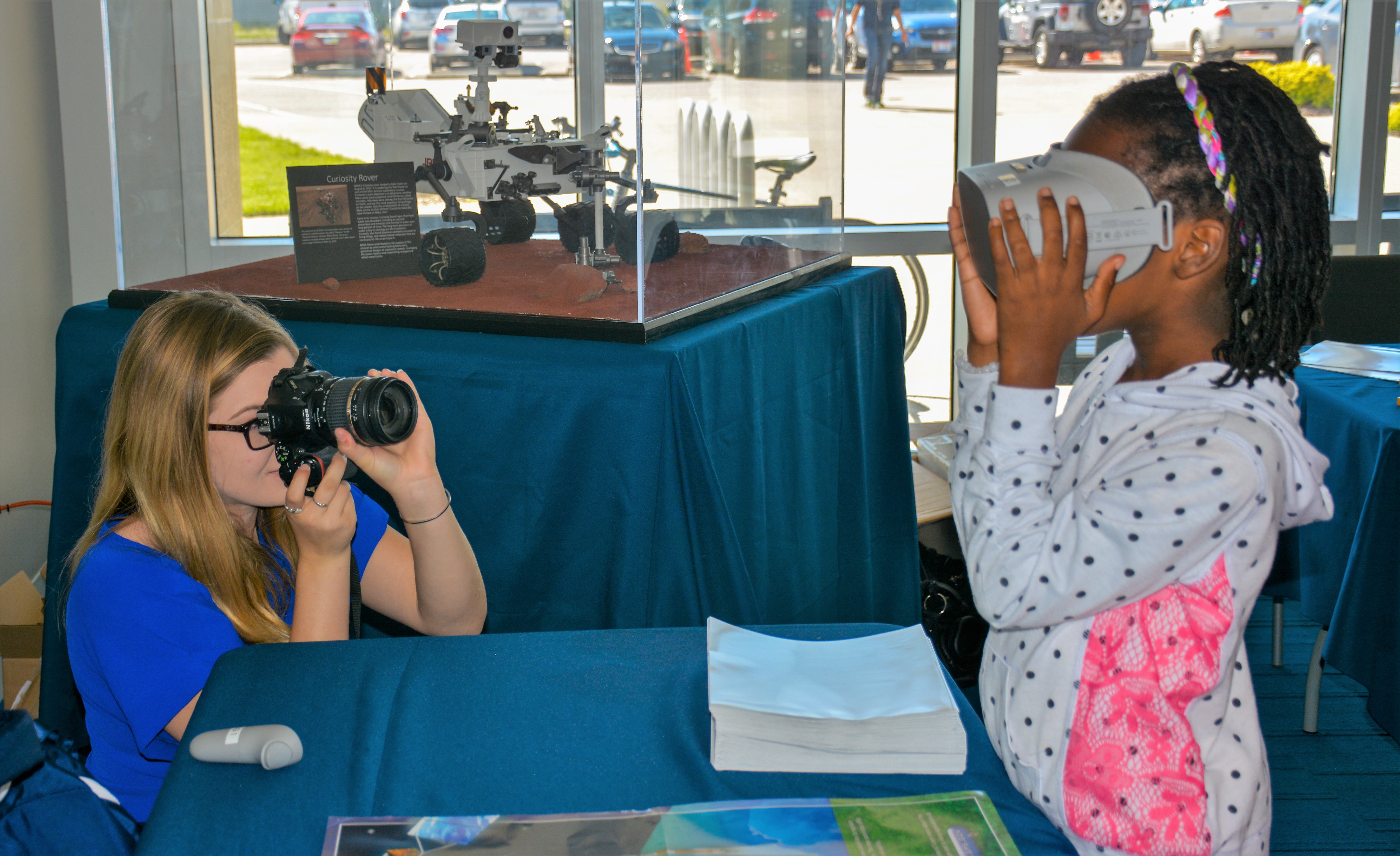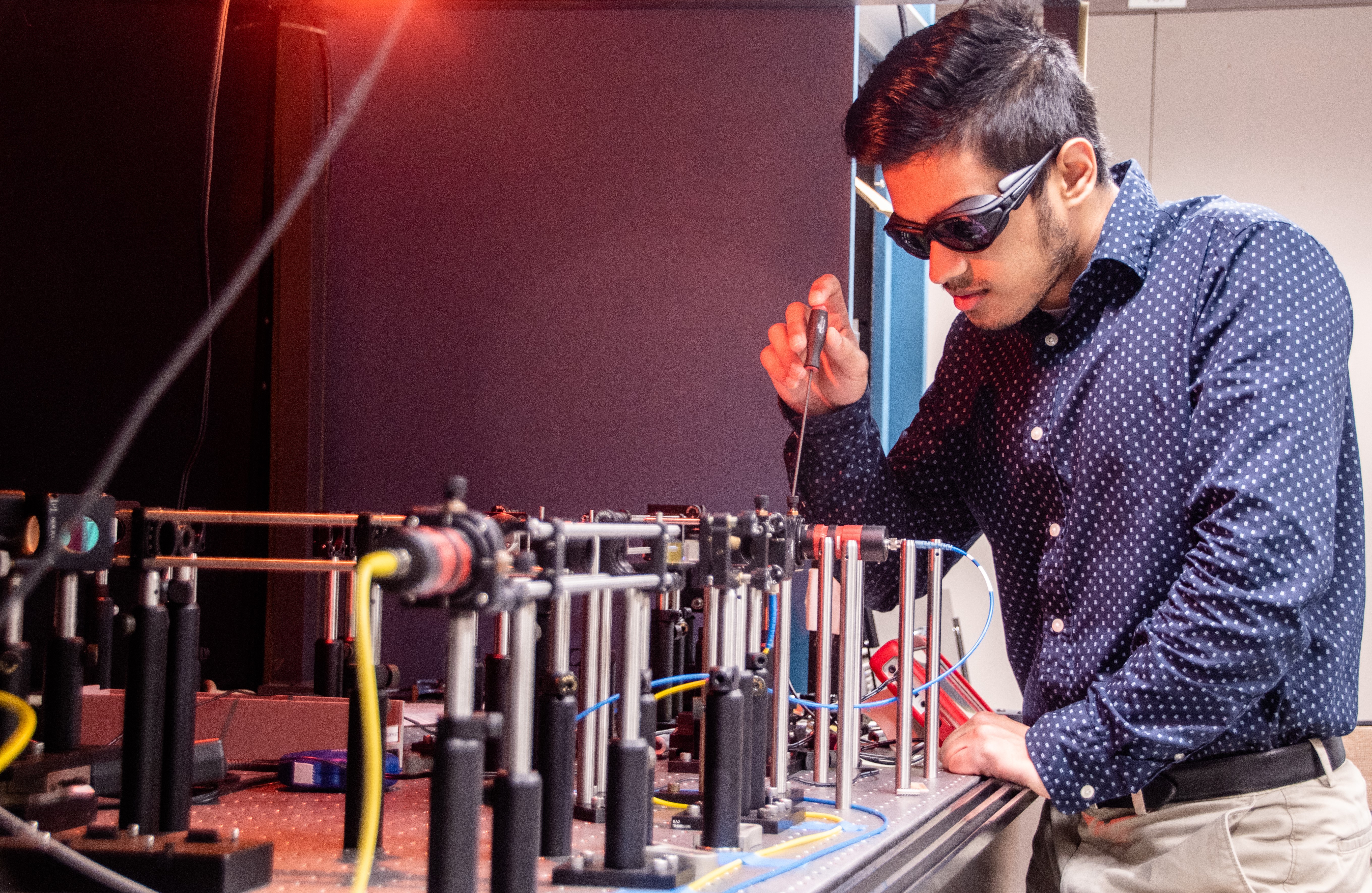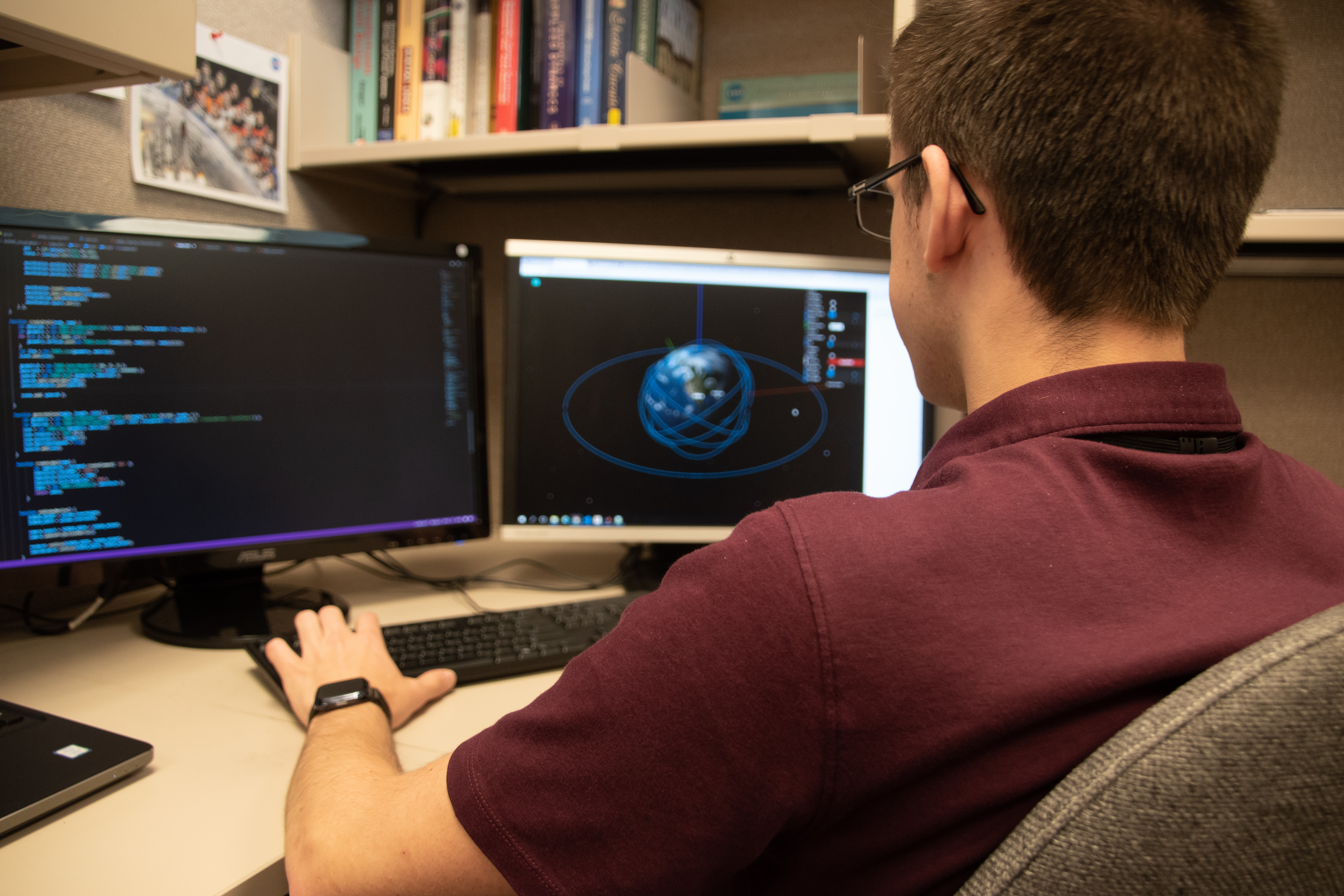Project Work
Work on Real NASA Missions
Intern Projects
SIP projects allow students to perform hands-on training by working on real NASA missions, gain exposure and analyze powerful space communication systems, utilize networks software tools and effectively communicate their findings in a final presentation to NASA management. SIP interns do not spend their days fetching coffee and updating files, they are too busy collaborating with industry professionals on missions that have the potential to fly in space one day.
The SCaN Internship Project has an important impact on the future of NASA, as student interns bring a fresh new perspective and innovative ideas to projects that can change the face of NASA.
Current Opportunities
Visit nasa.force.com and search keywords “SCaN” or “SIP” to view our current 2021 summer internship opportunities.
Past Project Examples
Some examples of past GRC SIP projects include but are not limited to:
Graphene Microwave Electronics Project:
This intern worked on creating a graphene frequency multiplier as a supporting technology for a future mission to Venus, with the goal of exploiting the nonlinear properties of graphene to create a frequency tripler that could withstand the harsh environment on Venus.
Intern’s area of study: Electrical Engineering
3D Modeling for Virtual and Augmented Reality Project:
This intern created 3D models of spacecrafts for virtual and augmented reality, and created an interactive game highlighting the SCaN networks. These tools are used at public outreach events to help teach the public about what NASA is currently working on.
Intern’s area of study: Video Game Design
Optical Ground Receiver for Deep Space Communications Project:
This intern worked on designing and testing a telescope optical receiver for space-to-ground deep space communications. They also created code to automate lab equipment that is used to emulate atmospheric turbulence.
Intern’s area of study: Optics and Photonics
Quantum Communications for a Secure Communications System Project:
This intern used a franson interferometer to prove quantum entanglement for communication purposes. They also modified an existing quantum lab setup to improve upon previous designs in order to deliver clearer and more robust data patterns.
Intern’s area of study: Physics and Mathematics
Communications and Design Support Project:
This intern used communications and graphic design skills to create promotional material for the Space Communications and Navigations Program Office, including publishing an official NASA publication. This project also included work in photography, videography, journalism, and social media.
Intern’s area of study: Marketing
Simulating Delay-Tolerant Space Networks (DTN) Project:
This intern augmented the SCaN communication analysis codebase to model the performance of DTNs for a proposed CubeSat constellation that will orbit around the Moon and assist in communications with the Lunar Gateway.
Intern’s area of study: Computer Science







